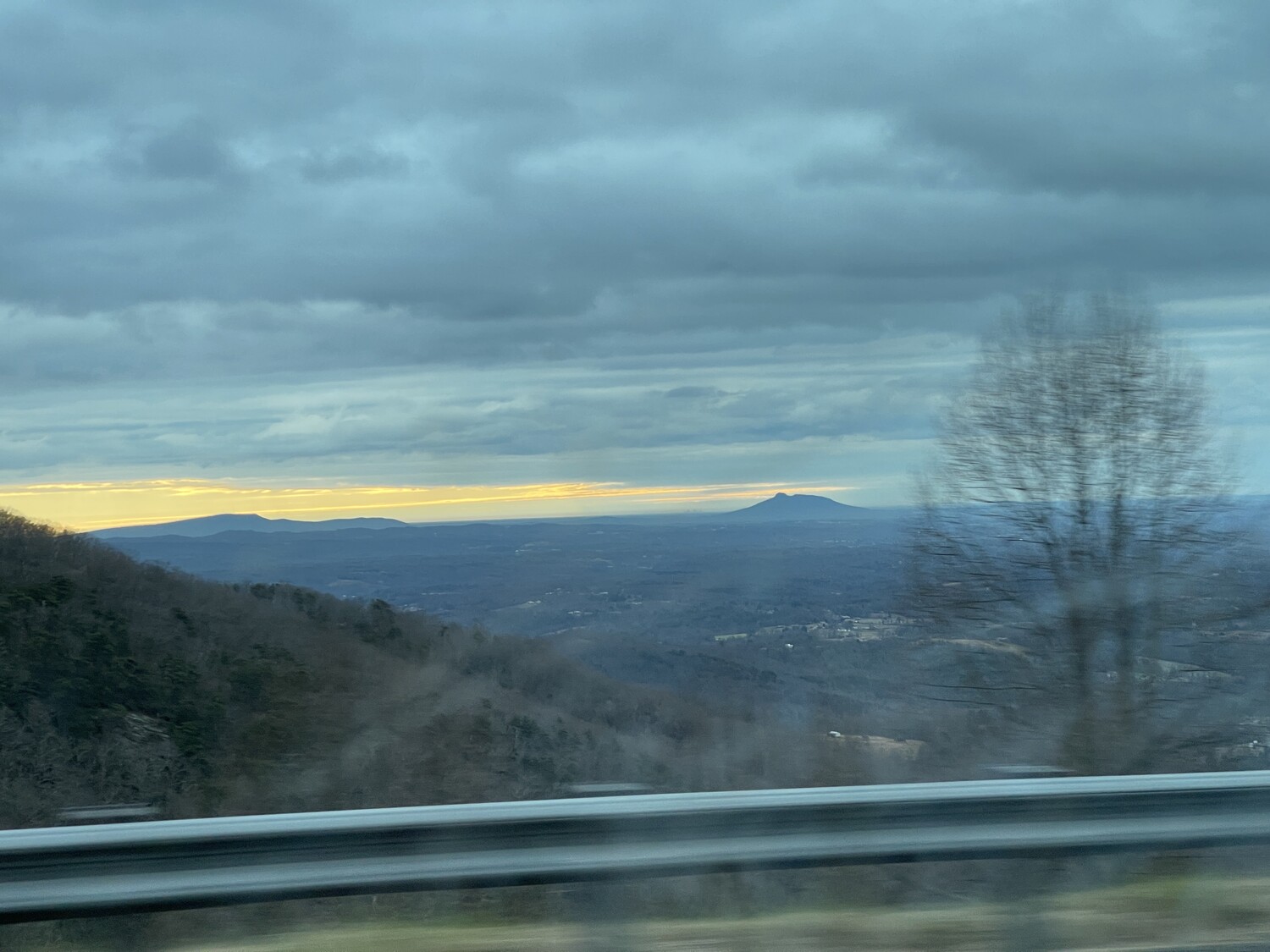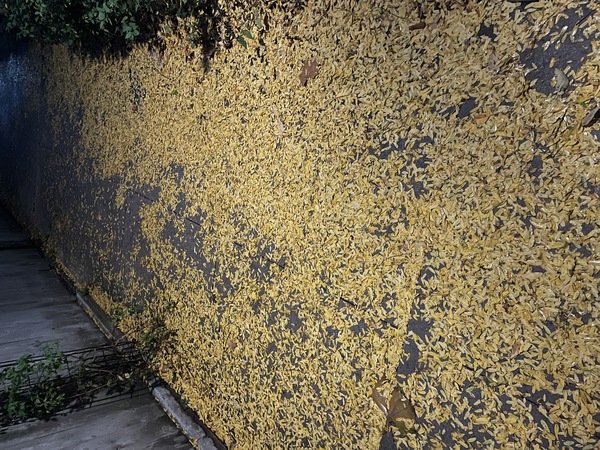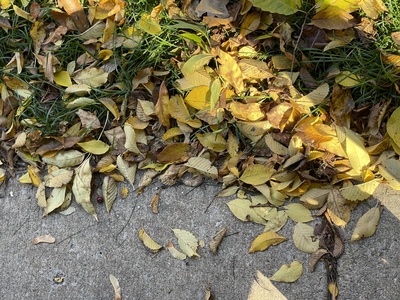Dilemmas to Start With in the Humanities Today
I have come across a few different sources lately that debate the importance of the humanities. Among them:
The institutional situation is that a lot of these subjects still draw interest from undergraduate students, especially in their first year(s), before they have to pick a major. But fewer students choose to stick with the humanities: the most recent long-term report I could find said 25 percent fewer from 2012 to 2020, although there may have been a slight swerve upward since then. The overall trends are extremely worrying for the survival of many humanistic disciplines across the entire American university system.
The theories about the cause of the decline are everywhere, so prominent and repetitive that most are not even interesting to summarize. Everyone working on the inside of these departments has to decide for him or herself why the humanities are declining.
A few thoughts:
When the argument is about the societal importance of the humanities, there may just be a mismatch between what humanistic culture contributes to collective life (a lot, I think), and what is in the short-term advantage of any single student to study and pursue. That is, there may not be enough good cases for “risking” one’s own future to study humanities, even if everyone–including those who don’t study the humanities–are better off if there is a critical mass of people who do.
It could also be that the humanities are as much effect as they are a cause of a healthy society. That is, the humanities don’t make people or societies good, they follow when these things already are healthy and “good.” When people enjoy some stability, confidence in themselves, and sense of future continuity–it is at this point that many people choose to engage with ultimate, open-ended questions in literature, philosophy, art, etc. Or, when a culture becomes troubled, these subjects are still practiced, but they move out of institutions. This could be because the institutions contribute to the underlying problem, or because institutions like the university no longer understand open-ended inquiry as worth pursuing. Both seem to be occuring in our own time.
Read more →





